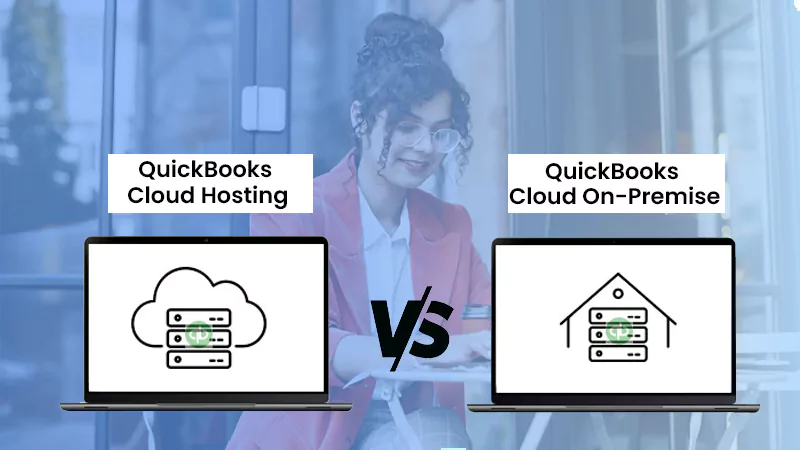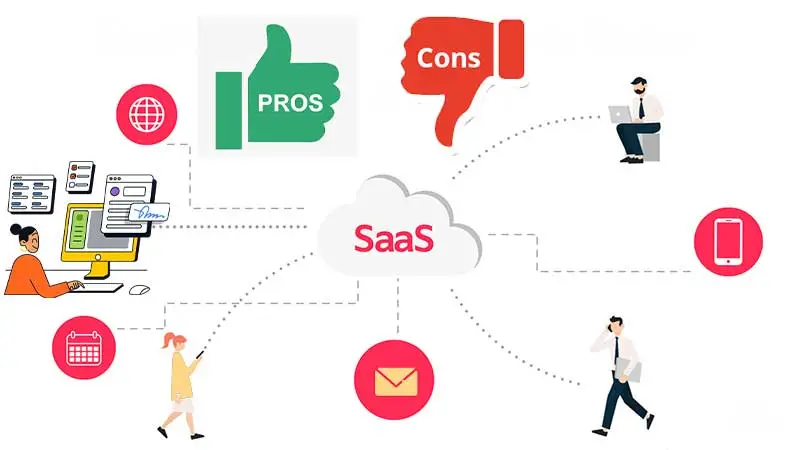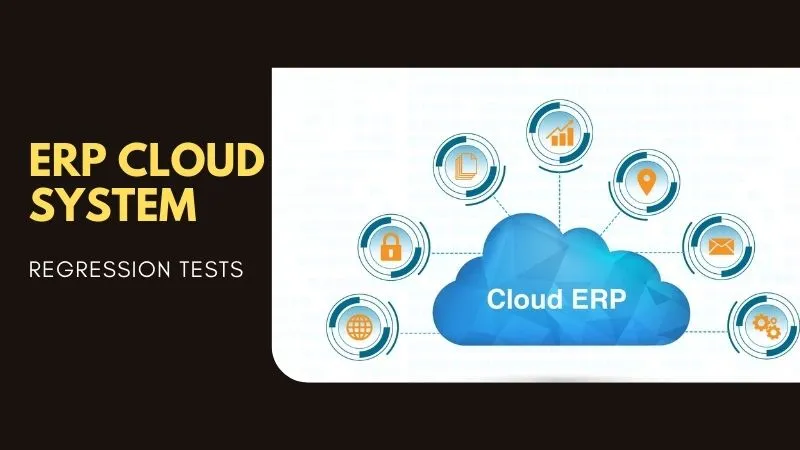How to Overhaul Cloud Management
If your business is embracing cloud-adjacent technologies like the Internet of Things (IoT) and artificial intelligence, effective cloud management is crucial. Cloud management is also essential for ensuring you meet exacting security standards, adhere to the latest compliance guidelines, and keep expenditure in check.
For larger businesses, cloud automation helps alleviate the strain of implementing new cloud management protocols. However, any organization needs to consider best practice guidance when developing cloud infrastructure. Below, we shine a light on some of the most important things to consider if you’re planning on overhauling cloud management.
Maintain Clear Visibility of Cloud Infrastructure
Visibility is vital when it comes to cloud infrastructure and cloud management. However, even large enterprises have limited visibility of cloud services usage and expenditure. Before you can even begin to optimize existing management practices, you’ll need to be confident you have a handle on your current cloud infrastructure.
This will involve multiple departments, including IT departments and financial leads. A full audit of cloud usage will determine how services are being utilized daily. Meanwhile, you’ll need to establish costs to identify how much you’re spending on cloud services.
A rigorous tagging policy can prove useful when visualizing cloud usage and expenditure. Anyone who uses cloud services should be using tags as standard. This allows you to undertake a cost-benefit analysis with limited effort.
Change Management Processes
Historically, IT departments would have taken sole ownership of change management processes. Thanks to the advent of remote IT support, this is no longer the case.
Cloud infrastructure is an ever-evolving environment. As such, you’ll need a change management process that can keep up with demand. Without a robust process in place, it will be almost impossible to avoid skyrocketing expenditure. Meanwhile, an inferior change management process can land you in hot water when it comes to compliance violations.
A good change management process needs to provide you with maximum visibility. You’ll need to be clued into infrastructure changes across the board, without this visibility impacting the speed of delivery. Larger businesses tend to find automation particularly useful for this purpose. With automation in place, minor changes that present little risk can be approved automatically. This means developers aren’t having to approve such changes manually, allowing them to focus on more difficult tasks.
Commit to Ongoing Optimization
Even with automated processes in place, you’ll need to commit to the continuous optimization of your cloud infrastructure. In other words, don’t assume a single audit, no matter how exhaustive, is all it takes to overhaul cloud management.
Constant revisions are required to maintain an effective cloud management process. When it comes to monitoring cloud infrastructure, focus on factors like user behavior, permissions, and compliance. Cost is another key consideration. If you’re experiencing spiraling cloud costs, there’s a strong chance that multiple factors have been left unchecked. Regular auditing will nip these issues in the bud before they begin to weaken your cloud infrastructure and begin to wreak havoc on your budget.
Although more modest operations may be able to manage a cloud infrastructure overhaul manually, this isn’t recommended. Even a small operation will find it cost-prohibitive to invest manual resources into handling such an overhaul, while the possibility of human error causes further issues. Larger organizations may assume they have the resources in place to handle such projects manually, but they can quickly encounter a situation where in-house development teams are stretched to breaking point.
Ideally, you should be looking into automation and cloud management tools. These provide you with maximum visibility of a full raft of factors, including security, compliance, costs, and resource usage. Furthermore, they provide you with a clear indication of cost versus benefit.
Best iCloud Activation Lock Bypasser to Bypass iPhone/iPad…
Top 5 Reasons: What Makes QuickBooks Cloud Hosting…
What is Cloud Computing and Should I Use…
Pros and Cons of Cloud-Based SaaS Software Model
Regression Tests for ERP Cloud
Moving to the Cloud: 4 Benefits of Cloud…
How to Choose the Right Private Cloud Service…
The Reasons to Consider Google Cloud Application Development









